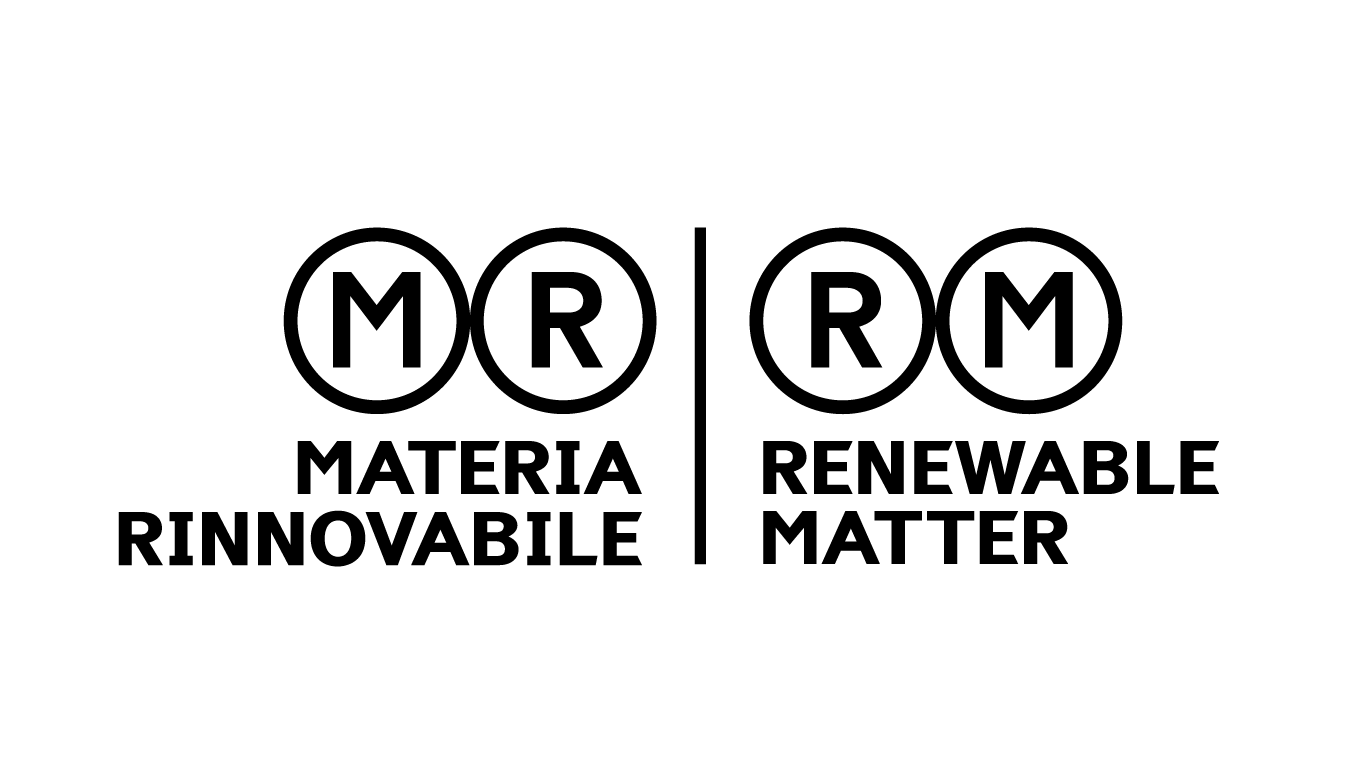
During the climate summit in Brazil, the focus shifted back to climate finance: without adequate resources, making progress on adaptation, mitigation and combating global warming is difficult, particularly in the most vulnerable countries, already facing severe consequences of the climate crisis on a daily basis.
The Baku to Belém Roadmap outlines an operational plan to leverage the $1.3 trillion per year needed, while the fourth report of the Independent High-Level Expert Group on Climate Finance confirms that the target is realistic. But the question remains: will it be enough to bring about the necessary change?
From Baku to Belém
During COP29, held a year ago in Baku, the parties approved the New Collective Quantified Goal (NCQG), committing to mobilise at least $300 billion per year by 2035 to support climate action in developing countries. Considering this figure left many people disappointed and is deemed to be well below actual needs, at the end of the “finance COP” it was agreed that, over the same period, total public and private flows to developing countries should rise to $1.3 trillion per year.
Ahead of COP30, the Baku to Belém Roadmap to 1.3T was issued in early November: a document outlining the strategy and steps needed to reach the 1.3 trillion target, with the aim of providing operational guidance to the various actors involved.
“The roadmap’s value is in its combination of pragmatism with a focus on scale and systems change,” commented Melanie Robinson, Global Director of Climate, Economics and Finance at World Resources Institute, moments after the announcement. “For too long, the climate community has been overly focused on relatively modest sums of public climate funding, whereas the Baku to Belém plan rightly shifts the lens to how a wider set of public finance and policy shifts can unlock much larger flows from private investors.”
Replenishing, Rebalancing, Rechannelling, Revamping, Reshaping
To achieve this goal, the roadmap pinpoints five priority areas (5R: Replenishing, Rebalancing, Rechannelling, Revamping, Reshaping) that will enable the resources needed for climate adaptation, clean energy, nature conservation, and resilient, low-carbon food systems to be mobilised, all in a just transition perspective.
In the first point of the Roadmap, developed countries are called upon to increase subsidies and concessional financing, through both multilateral and bilateral channels. All countries will then have to work together to ensure unity and coordination in the disbursement of funds and to promote access to low-cost capital, with a focus on supporting climate adaptation. Multilateral climate funds will need to be reformed to improve access, governance and innovative instruments that mitigate risks and promote resilient investments, while multilateral development banks will play a key role in mobilising capital and supporting national strategies.
At the same time, the international community is called upon to collaborate in easing the debt burden of developing countries through tools such as climate clauses and debt-for-climate swaps, while strengthening financial capacity for climate action. To facilitate this process, the creation of a single platform for technical assistance and data sharing is suggested.
“This is the beginning of an era of truth in climate finance,” stated Corrêa do Lago, President of the summit in Belém. “To deliver the Paris Agreement faster, climate action must be embedded in real economic and financial reform. With the 5Rs, the Roadmap turns scientific urgency into a practical plan for global cooperation and results.”
Private finance
A further key element concerns the role of private finance in driving systemic change and the need to make capital accessible, that is, available on favourable terms, in order to support climate and development projects. Both multilateral and public financial institutions need to offer more effective instruments to incentivise investment and reduce risk. At the same time, governments and institutions ought to promote digital payments, transparent carbon markets and integrated strategies to better manage risk.
To support all this, it is essential to integrate climate and just transition objectives into government planning and investment, strengthening capacity and coordination at all levels and establishing effective investment frameworks. Lastly, the final item focuses on systems and structures to ensure equitable capital flows, emphasising, for example, the importance of incorporating climate risks into banking practices, such as stress testing.
“The Roadmap shows how, by working together, we can scale up climate finance towards $1.3 trillion a year by 2035, helping developing countries meet their climate goals,” commented Simon Stiell, Executive Secretary of the UNFCCC on the sidelines of the presentation. “This new era will be about bringing our formal process closer to the real economy, accelerating implementation, and delivering benefits to billions more people. Bigger and better climate finance solutions will be a crucial part of that shift.”
A viable route
During the press conference to unveil the Roadmap, Presidents Mukhtar Babayev and André Corrêa do Lago highlighted that the 1.3 trillion target is achievable, but will require significant effort from both traditional sources and the development of new and innovative financial mechanisms.
The feasibility of this target was also reiterated in the fourth report of the Independent High-Level Expert Group on Climate Finance (IHLEG), led by British economist Nicholas Stern. The document suggests an integrated climate finance programme, with a concrete path to reach 1.3 trillion dollars per year. As the ongoing climate summit in Brazil has been dubbed the COP of implementation, the report also emphasises this point: it shows how to boost different types of investments and financial instruments, focusing on the practical aspects and resources needed to address the main challenges posed by climate change.
Emerging markets and developing countries, excluding China, are expected to benefit from an estimated annual investment flow of approximately $2.4 trillion by 2030 and $3.2 trillion by 2035. These are the geographical areas where potential emissions growth will be highest and where the effects and consequences of the climate crisis can already be felt most intensely. Securing this financing will be crucial not only to meet the goals of the Paris Agreement, signed ten years ago at COP21, but also to promote sustainable, resilient and inclusive development.
The report highlights that achieving the target of $1.3 trillion from external sources by 2035 will require much more than simply mobilising funds. A multifaceted coordinated approach is needed: on one side, tangible commitments from countries, which need to act at a scale and pace that will unlock investment opportunities in the green transition; on the other, strengthening the policy and institutional foundations to attract quality investment. Lastly, the international system needs to mobilise large-scale finance, improve access and reduce the cost of capital for the countries and sectors that need it most.
The report, drafted at the request of the COP29 and COP30 presidencies, identifies three key pillars for mobilising the $1.3 trillion per year needed by 2035. The first focuses on investment and technology as levers for clean and resilient growth, with a particular emphasis on emerging markets and developing countries. The second pillar aims to create solid political, budgetary and institutional foundations, laying the groundwork for achieving the $1.3 trillion through actions such as mobilising domestic resources and a just transition. The third focuses on how to mobilise the necessary funds, unlocking private capital, reforming banks and development institutions, leveraging carbon markets and innovative financing, and aligning the global financial system with sustainability and resilience goals.
In the draft negotiating document presented by the Brazilian Presidency on 21 November, entitled Global Mutirão: Uniting humanity in a global mobilisation against climate change, the goal of mobilising $1.3 trillion per year is included, calling on all international actors to work together to deploy public and private resources and taking note of the Baku to Belém Roadmap to 1.3 T.
Yet achieving this goal and translating it into tangible change will not happen automatically: it will require close collaboration between countries, stronger international cooperation – made even more complex today by a fragmented geopolitical landscape – and the implementation of ambitious reforms. However, without the concrete willingness of countries and institutions, these goals risk being left as empty words.
Cover: the president of COP30 André Corrêa do Lago. Photo by Rafa Pereira/COP30



